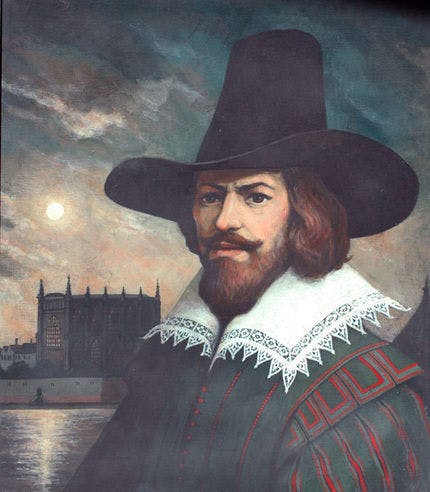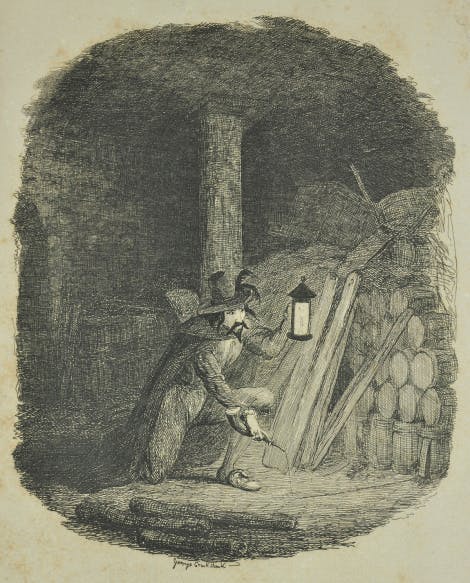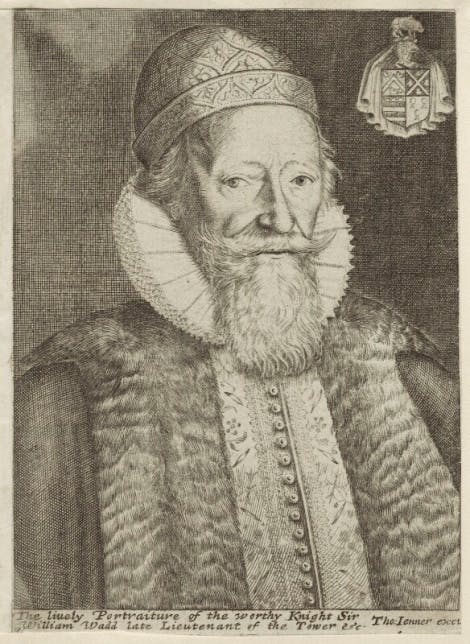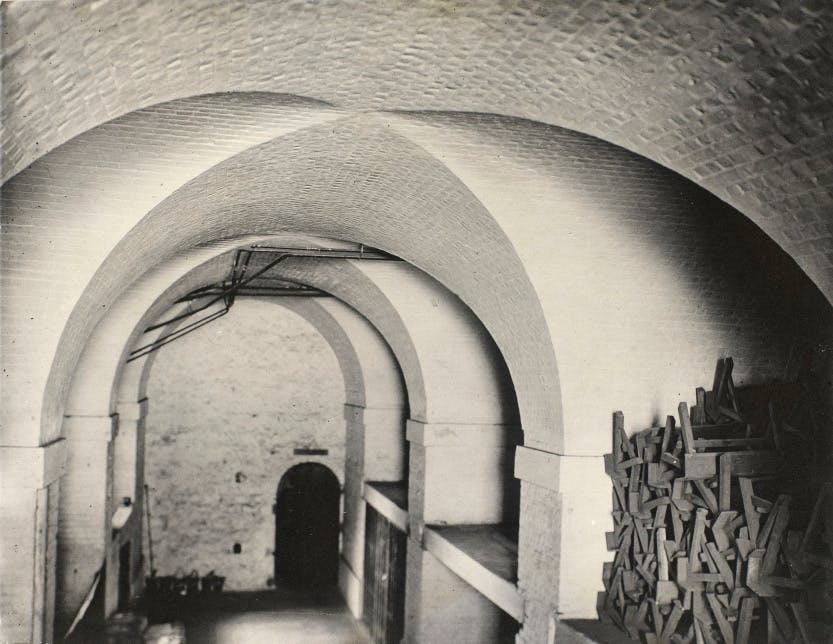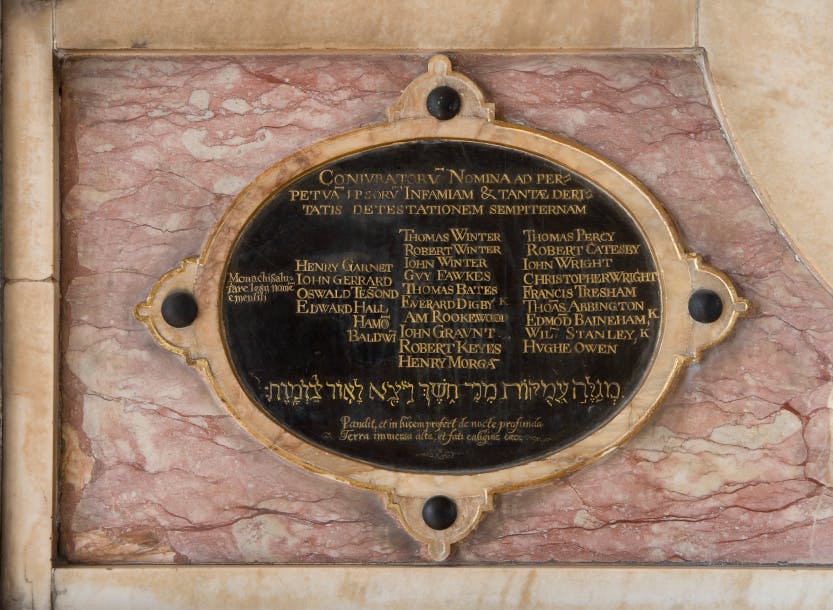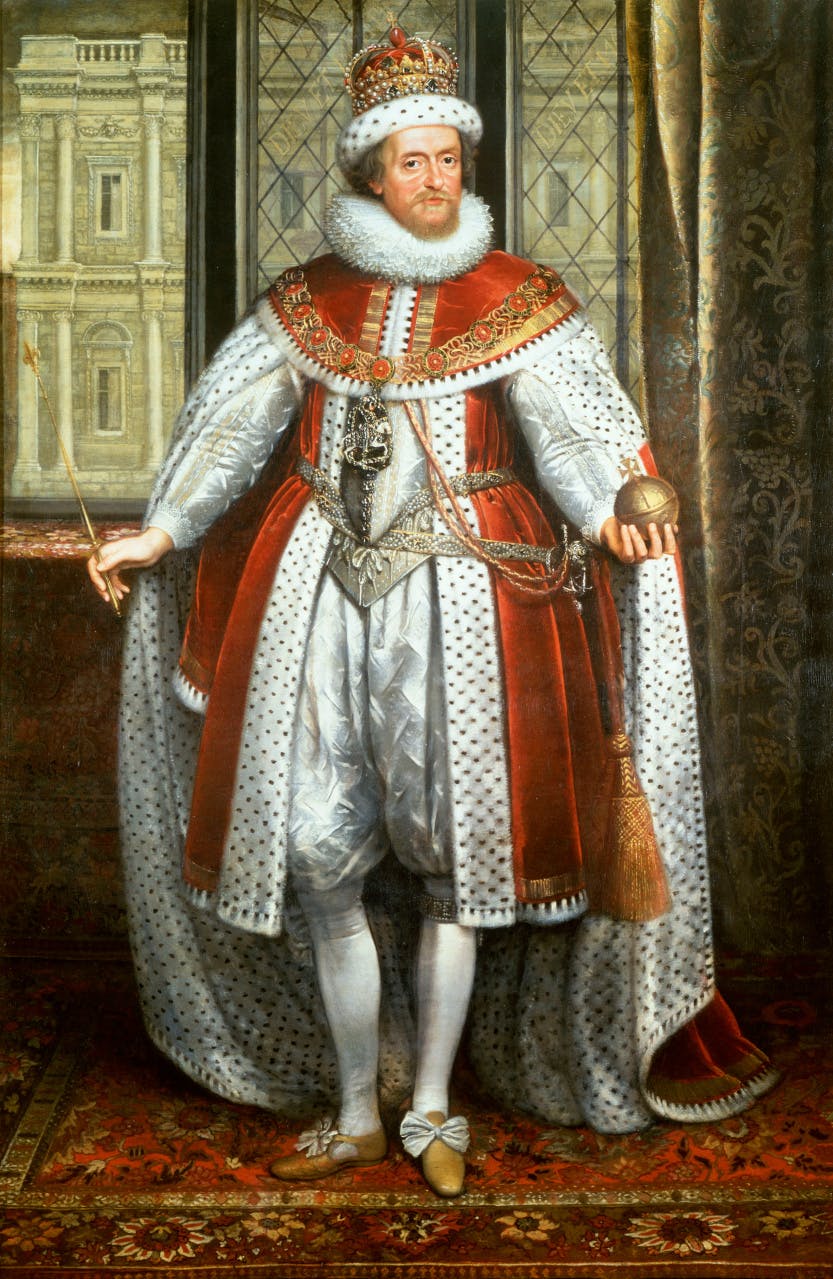(c), St Peter’s Foundation
Details of Guy Fawkes I Guy Fawkes gunpowder plot I Guy Fawkes signature
On Guy Fawkes Day in Britain, 5 November, Guy Fawkes Day is observed. Guy Fawkes and other Catholic conspirators tried to assassinate James I, the English, and blow up Parliament.
Everyone knows that Fawkes was captured in the act and imprisoned at Tower of London. He and many of his conspirators also died in Westminster as a traitor. Who was Guy Fawkes the man behind that mask?
Who was the original Guy Fawkes?
Guy Fawkes was born at York in 1570. He was the son of Edward (a prominent Protestant and church lawyer in the city) and Edith (whose family included secret Catholics). John and Christopher were his two brothers. It was dangerous to be Catholic at that time. Many plots and rebellions against Elizabeth II were led by Catholics which resulted in severe reprisals. Priests caught leading secret services were tortured to death and executed.
The Fawkes family was law-abiding and Protestant, despite all exterior appearances. Guy was 8 when Edward Fawkes passed away. His mother married Dionysius Bainbridge, a Catholic. Guy, then a young man, was strongly drawn to the religion of his stepfather. He converted to Catholicism even though he knew about the dangers. The young, passionate man fled to Europe at 21 to fight in the Eight Years War against the Protestant Dutch reformers.
(c), St Peter’s Foundation
A HANDSOME GUY
Fawkes was tall, strong and muscular, with a thick beard and reddish-brown hair. He also had a great moustache. His European compatriots described him as admiringly:
“A man of great piety, of exemplary temperance and of mild and chearful demeanour. He was an enemy to disputes and broils, a loyal friend, and notable for his punctual attendance at religious observances.
Guy Fawkes’ future was shattered when he met Thomas Wintour, an Englishman from Spain. Wintour was looking for allies to join the group of Catholic conspirators in England led by Robert Catesby. Devout Fawkes was an ideal match. He was brave and skilled. In 1604, the two men returned to England, where James I had been elected to the throne in the previous year.
King James I and VI of England, (c) National Portrait Gallery London
WHY WAS GUY FAWKES TRYING TO BLOW UP PARLIAMENT?
Catholics in the country hoped that the new regime would end the religious persecution that they had suffered for so many years.
After all, Mary, Queen of Scots, the King’s mother, was a devout Catholic. They were quickly disappointed when James I, a Protestant, became a harsh king.
Guy Fawkes was now one of the conspirators who decided to take a very drastic step.
Catesby planned to blow up Parliament at the State Opening of Parliament on 5 November. James I, Queen, and his heir, would also be present and would be killed.
The conspirators then wanted to crown Princess Elizabeth, the young daughter of King Edward VII.
Who WERE THE PLOTTERS?
Fawkes, Wintour’s cousins Catesby, Wintour and Wintour were also plotters. Catesby’s second cousin Francis Tresham was Wintour’s brother, while Catesby’s cousin John Grant was their brother. Thomas Percy, Everard, Ambrose Rookwood and Robert Keyes were Catesby’s childhood classmates Christopher Wright and John Wright.
Except for Fawkes who is an explosives expert and a veteran of the military, no one knew anything about gunpowder. He was naturally chosen to light the fuse in the cellars beneath the Houses of Parliament.
HOW WAS FAWKES CAUGHT?
Guy Fawkes leaves a trail of gunpowder left by George Cruikshank. (c) London Metropolitan Archives City of London (COLLAGE : the London Picture Archive ref 311903)
It was very close to being successful. Only a late October anonymous letter to authorities prevented the execution of the plan by the King, his family, and his Protestant ministers.
One extract says: “They will receive a terrible punch this parliament, and yet they will not see who hurts their feelings.”
Royal guards searched The House of Lords around midnight. In the early hours of the morning of 5 November, Fawkes was found in the cellars with a fuse and a small lamp. Also, 36 well-hidden barrels of gunpowder.
Is THIS THE GUY THAT FAWKES’ LANTERN?
(c), Ashmolean Museum University of Oxford, University of Oxford, UK, AN1887.2
Guy Fawkes was said to be carrying the iron lantern when he was taken into custody in the cellars beneath the Houses of Parliament on November 4, 1605.
Robert Heywood, a Proctor (an official responsible for making sure the University’s rules are followed) gave the lantern to Oxford.
Peter Heywood, his brother, was with Sir Thomas Knyvett (Keeper of Whitehall Palace) in the fateful search for the cellars. He is credited as having taken the lantern from Guy Fawkes during that initial struggle and stopped him from setting off the gunpowder.
Robert seems to have received the lantern sometime after Peter was mortally wounded in an assassination attempt. Robert passed the lantern on to Oxford University in 1641.
THE TRAITOR’S ROMAN RESOLUTION’
King James I and his council interrogate Guy Fawkes. (c) London Metropolitan Archives City of London (COLLAGE : the London Picture Archive ref 310647)
Fawkes was taken to the King and arrested. Fawkes boldly answered, “I want to blow the Scottish King (and all his Scottish Lords) back to Scotland.” Fawkes also admitted his regret for having failed. James I was insulted but couldn’t help but to praise the traitor for his ‘Roman resolution.
IMPRISONMENT AT TH THE TOWER
Sir William Waad Lieutenant of the Tower of London (c) National Portrait Gallery London
Fawkes was taken to the Tower of London and imprisoned. Sir William Waad was Lieutenant of the Tower and led most of the interrogation at the Great Hall of Queen’s House (16th-century timber-framed structure that overlooks Tower Green).
The monarch or Privy Council was required to authorize any torture at that time. James I wrote the royal warrant. He said: “If he won’t other ways confess, the gentler tortures will be used first, then you can use the harsher steps by step, and so speed youre goode works.”
A DARK AND FEARSOME LOCATION
Royal Collection Trust (c) Her Majesty, Queen Elizabeth II 2018
In order to obtain information, torture was used during interrogations in the 1500s and 1600s. Sometimes, even the threat of torture could be enough to break a prisoner’s resolve.
Many Tower of London prisoners were held and tortured in the White Tower prison vaults. They must have been very dark and frightening places indeed. This photograph was taken around 1898.
INSTRUMENTS FOR TORTURE
Fawkes was probably raped in White Tower dungeons after the ‘gentler tortures failed’.
The rack was an inhumane device that inflicted excruciating pain on prisoners’ limbs. It pulled them in opposite directions until they were separated or dislocated.
BODY BROKEN
Guy Fawkes’ signatures before and after interrogation seem to indicate that he was indeed torturized; his writing hand appears to have been severely damaged.
SENTENCED TO BY DRAWN, HANGED AND QUARTERED
The White Tower, Tower of London
Fawkes was at Tower while the others fled to the Midlands. The High Sheriff of Worcestershire caught them in the early hours of the morning on 8 November.
Robert Catesby and Thomas Percy, the Wright brothers and Thomas Percy were killed and the rest taken to the Tower of London.
Fawkes, his co-conspirators Thomas Wintour and Ambrose Rookwood were committed to, tried, and sentenced for the crime of treason.
Their fate was grim: they were pulled behind horses along the streets of London until they reached Westminster Yard, where they were each hanged, drawn, and quartered.
THE DEATH OF GUY FAWKES
Fawkes was already one of the most well-known plotters and was the last to be executed. A contemporary account says:
Guy Fawkes, also known as Johnson, was the last of the devils to arrive. He should have set fire to the powder. Because of his sickness and torture, his body was weak enough that he couldn’t climb the ladder. However, the hangman helped him get high enough to break the neck.
“He did not speak, but with his crosses, idle ceremonies, he made his end upon a gallows or the block, much to the great delight of all those who were there, that the land had been freed from such a wicked villainy.
MEMORIAL AT THE TOWER
Sir William Waad, a large marble monument, was erected in 1608, in the Queen’s House’s upper room known as the Council Chamber.
This memorial, strange as it may sound, celebrates his victory in avoiding a national catastrophe and reminds other prisoners about the terrible fate that awaits traitors. It must have helped to loosen some tongues.
OUT OF DARKNESS and INTO LIGHT
The monument lists the names of Gunpowder Plot conspirators and those of the Privy Counsellors who conducted their interrogation.
Below is a quote taken from the Old Testament in Hebrew. It is translated as “He discovereth deep things from darkness and brings out to light shadows of death.” Job XII.22. This could refer to the capture of plotters and their questioning.
THE BONFIRE TRADITION
James I and VI (1566-1625), c. 1620, Paul Van Somer. Royal Collection Trust/(c) Her Majesty Queen Elizabeth II 2018
James I made a thanksgiving act in January 1606 to celebrate the defeat of the Gunpowder Plot, and his escape from danger.
It was also known as the Observance Act of 5 November 1605 and involved special church services, bonfires, and fireworks.
It was in force until 1859, but celebrations continue today.
Another tradition that lives on is the ceremonial hunt before the State Opening of Parliament. The Yeomen of the Guard search for hidden explosives within the Palace of Westminster’s cellars.
GUY FAWKES’ HISTORY
Guy Fawkes wasn’t the Gunpowder Plot mastermind, but he was certainly its figurehead. He was, unfortunately, the first of the plotters arrested and taken to Tower of London, and the last to be executed.
Guy Fawkes’ face is still a symbol for rebellion, with protestors all over the world wearing masks depicting his stylised visage more than 400 years later.
You can now visit the Tower Torture exhibit to learn more about the torture methods used at Tower of London. Also, see replicas of the instruments that inflicted such horrific pain on prisoners such as Guy Fawkes.

